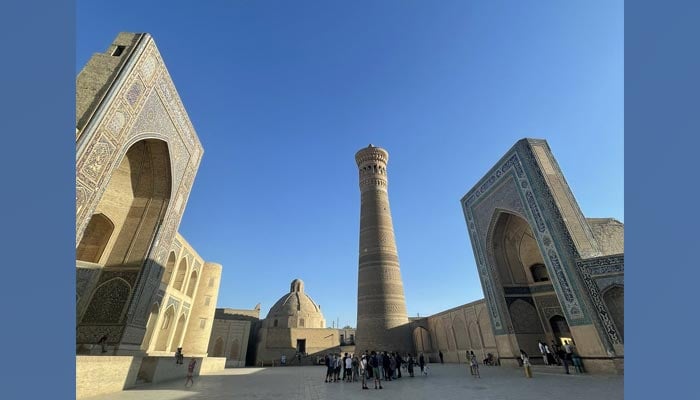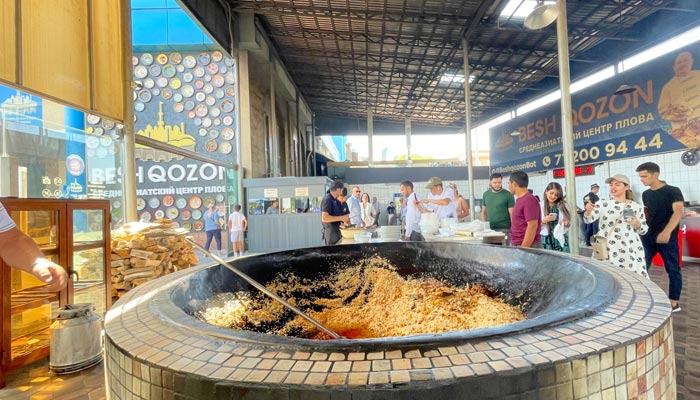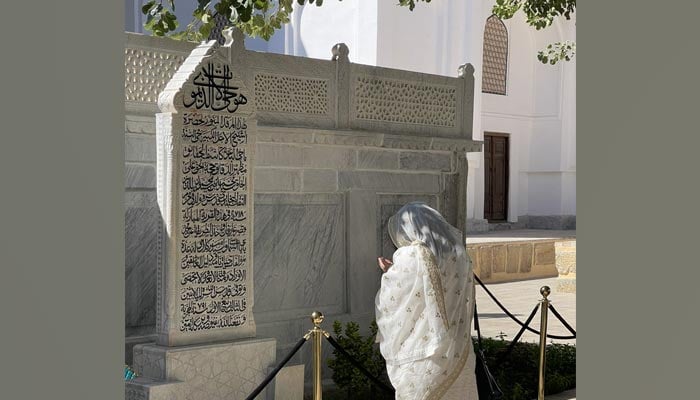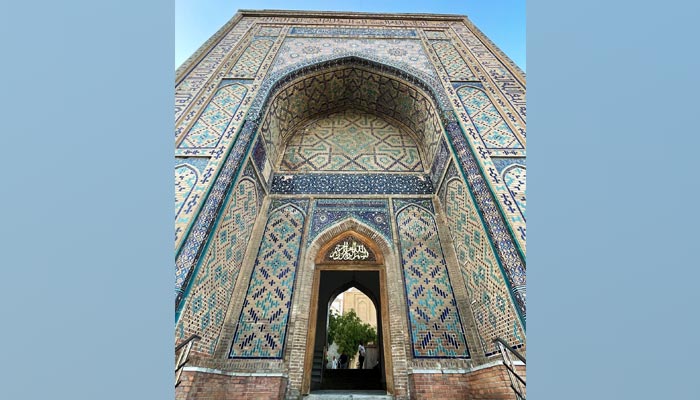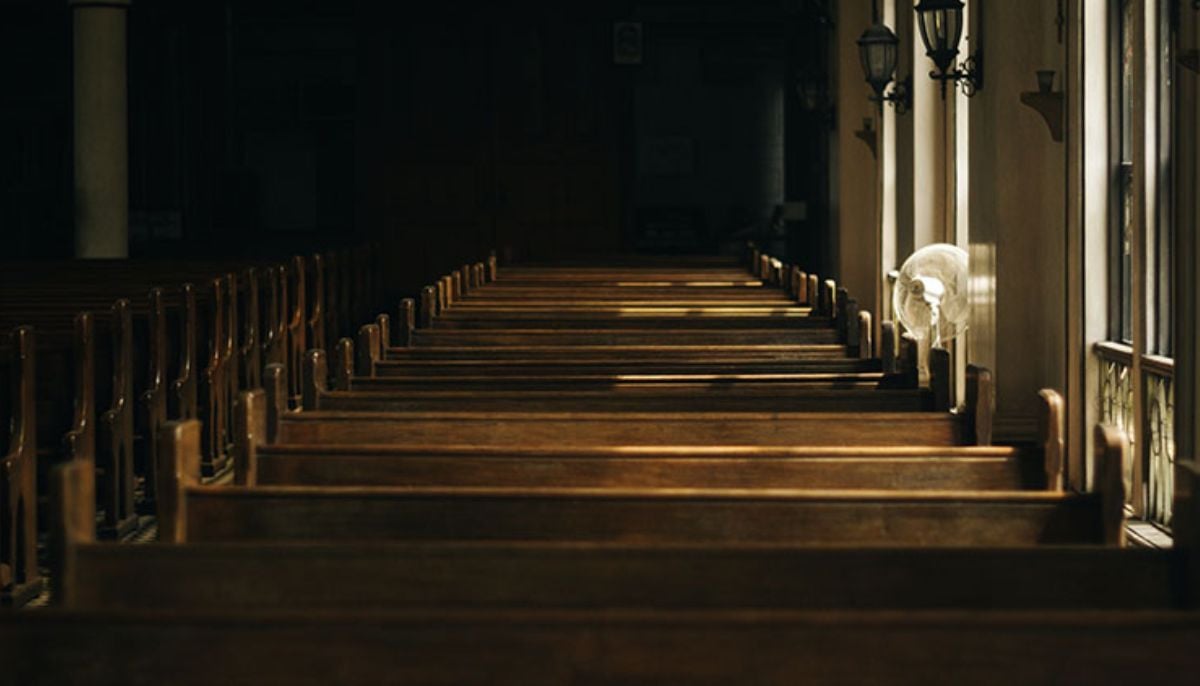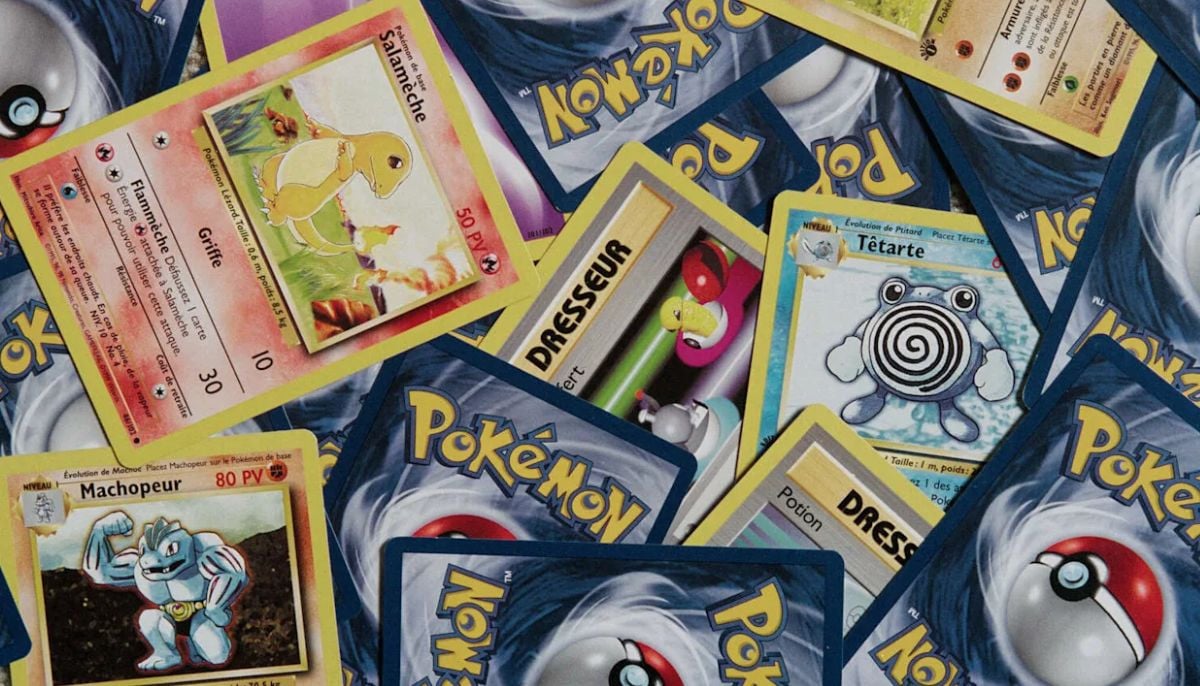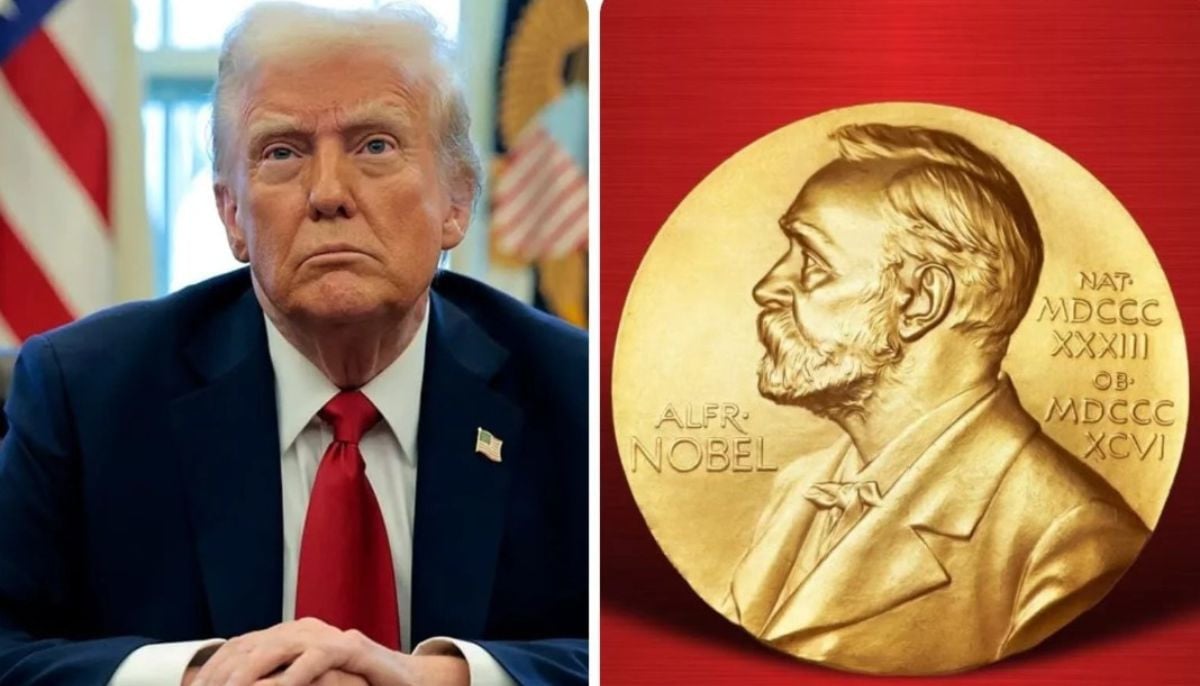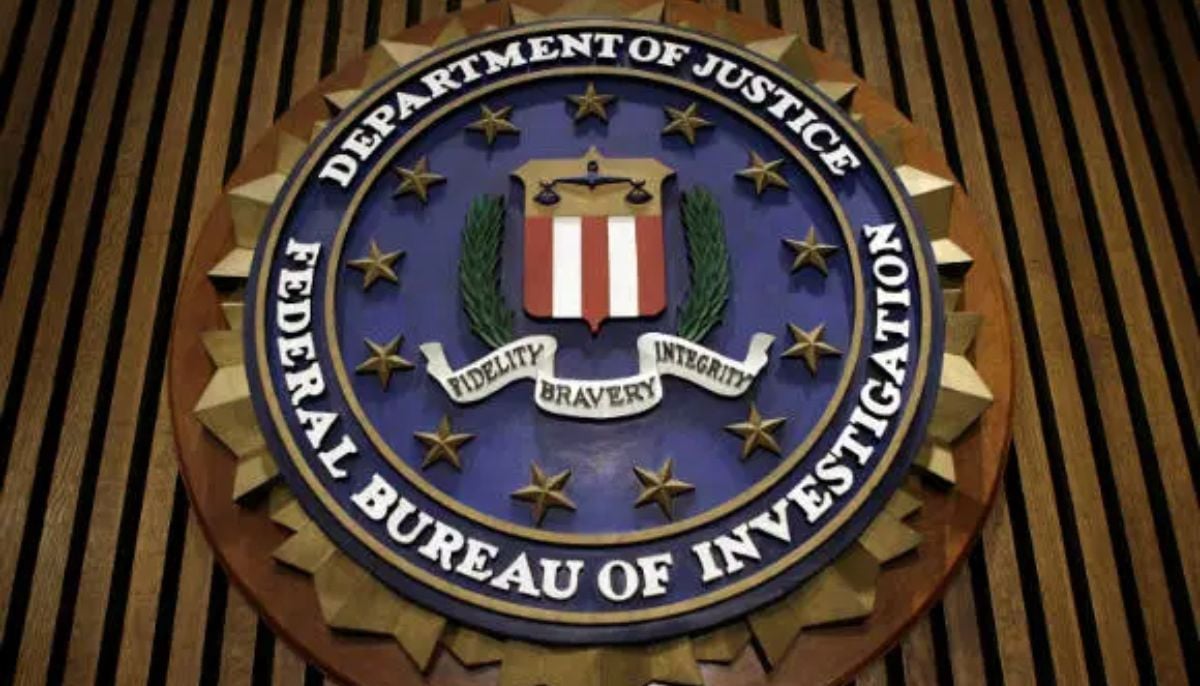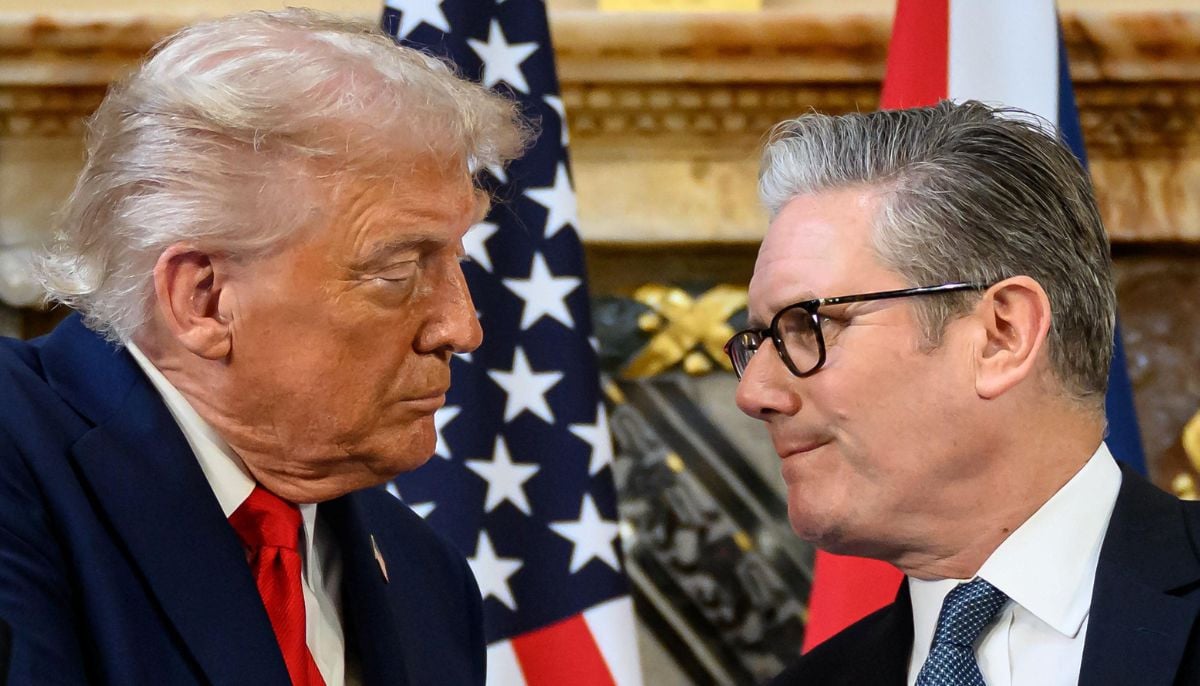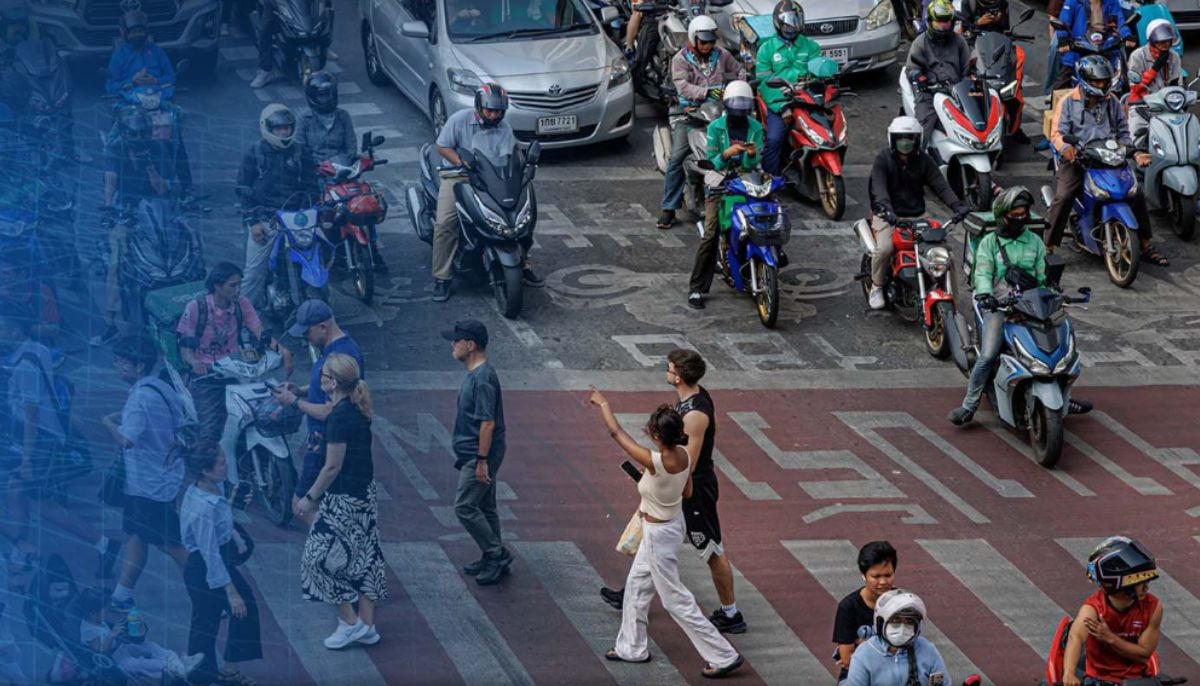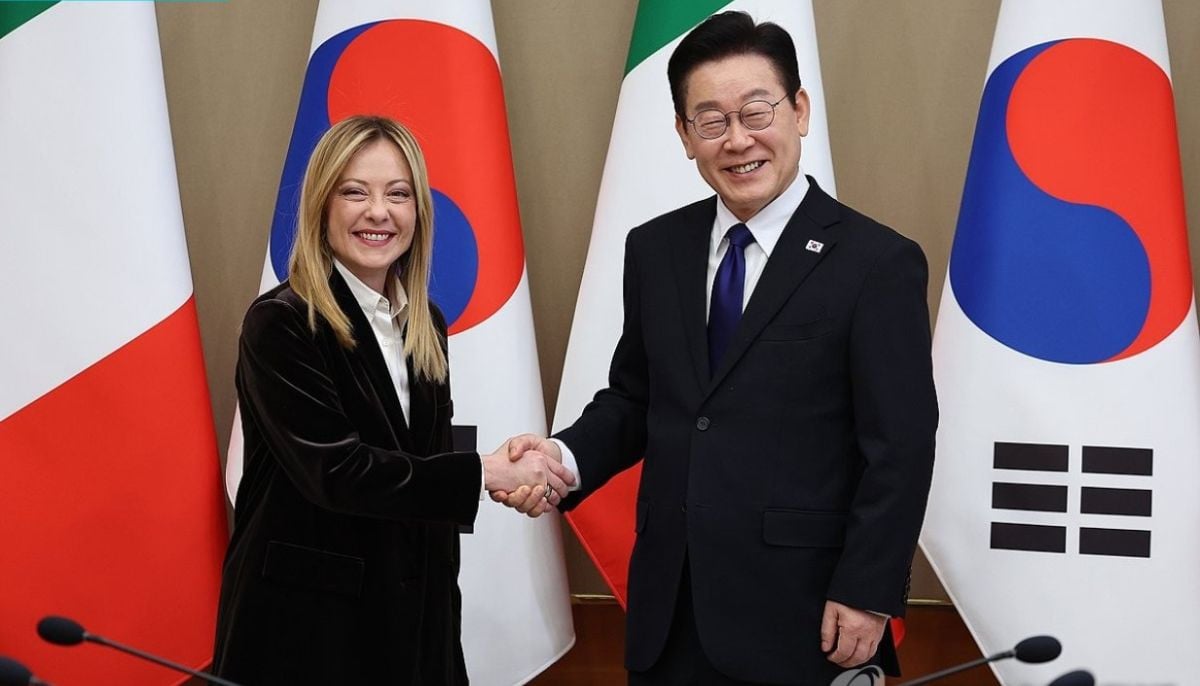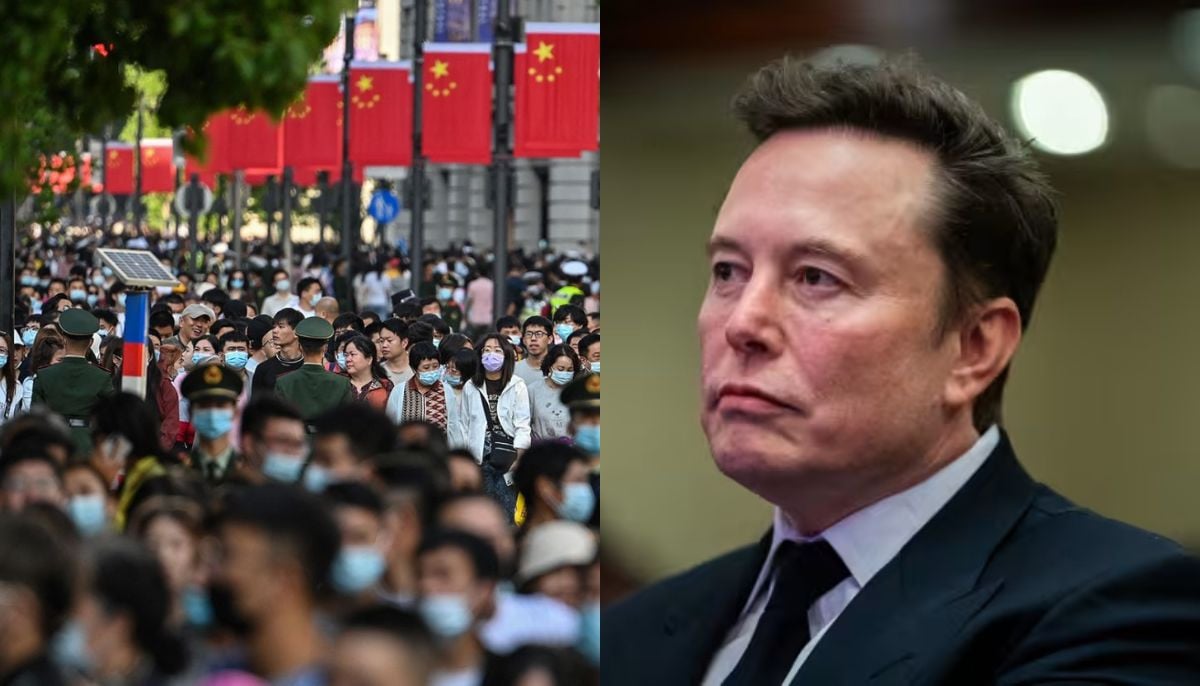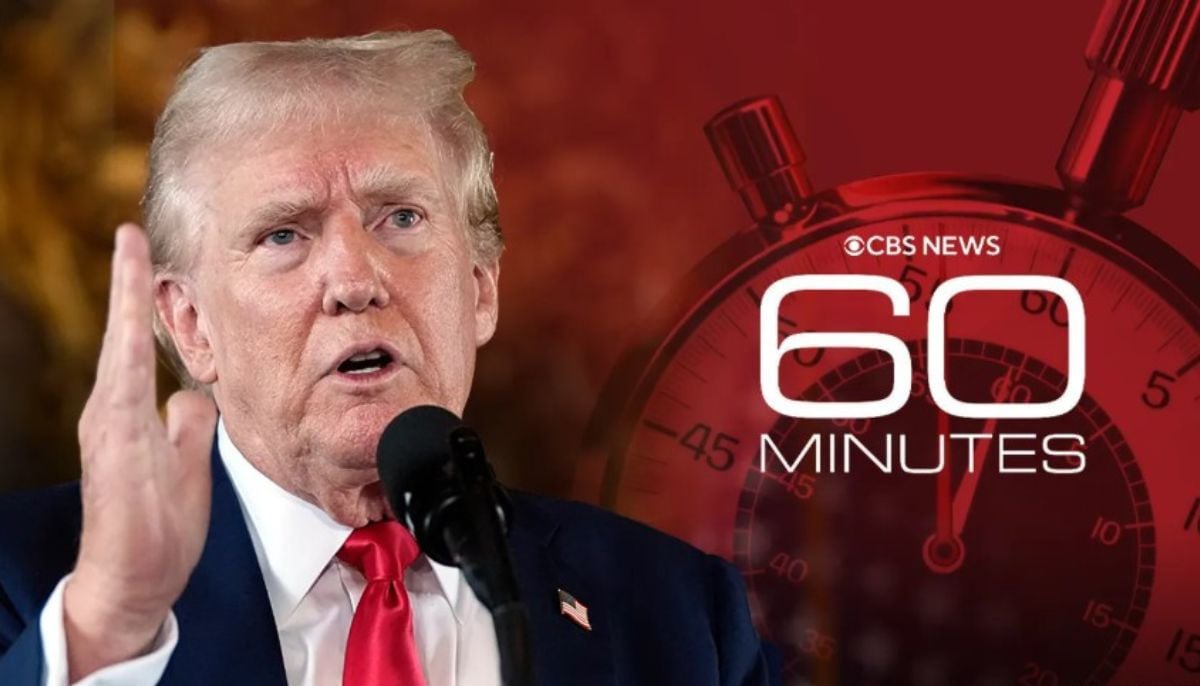Frolicking in Uzbekistan
A peek into the wonderous world in Uzbekistan through the eyes of a Pakistani traveller
Every journey begins with a first step. Mine began by responding to an invitation from the Uzbekistan Embassy in Islamabad to visit and explore their beautiful country. At first, I couldn’t wrap my head around the idea of going to this foreign land as an influencer. Nevertheless, the idea of exploring Uzbekistan — which recently opened up its doors to tourism — was enticing enough to jump on the bandwagon and pack my bags to experience the Silk Roads in person.
To date, we don’t have direct flights operating between Pakistan and Uzbekistan, hence the option offered was to travel via Istanbul on Turkish Airlines — the route that would literally take many ‘extra miles’ to reach Uzbekistan from Pakistan. After almost 26 hours of travelling — including the 16 hours of transit at Istanbul airport — I landed early morning in Tashkent, the capital city of Uzbekistan.
Having read and seen Tashkent through the media, the city was a pleasant surprise. A modern metropolitan bustling with business yet welcoming visitors from across the globe with open arms. Language may be a barrier for some, as locals mostly speak Uzbek or Russian, but the universal language of love speaks louder than its words.
The roller coaster ride started right after landing and checking into a neat, comfortable, and welcoming hotel. I had one hour to freshen up before leaving for the first day of the city tour. Upon arriving in the lobby, we were greeted by our group members who arrived from Russia, Iran, Kyrgyzstan, Tajikistan, and India — a diverse group of people who will be spending their next few days together.
Bonding over food
What connects people coming from different cultures — speaking different languages or following different customs? It’s actually food. It is amazing how we all connected and communicated during the first lunch we had together as a group while discussing Uzbekistan’s famous dish pilaf also known as plov. In Pakistan, we call it pulao and in almost every Asian country there is a version of this delicious cuisine, prepared with some variations in the recipe but rice and meat — the basic ingredients — remain constant.
Tashkent does not disappoint with its unique flavour and sacred — also secret — recipe.
Located in the heart of Central Asia, Uzbekistan produces some of the finest fruits, especially berries, which they generously serve alongside their meals. Another healthy tradition is to serve fruits and fresh salads — the most delicious ones I’ve ever tried — both before and after the main course.
When dining out in Uzbekistan, don’t expect your meals to be served in haste. The Uzbeks enjoy having their guests around the place for extra hours, encouraging them to engage in one-on-one conversations. Surprisingly, every city in the country prepares the same pilaf with their own traditional recipe, bringing a different flavour to each city. Unity in diversity.
Hopping on an artistic commute
As an upcoming modern capital city, Tashkent offers some amazing sites to visitors. Their underground metro stations were built between the 1960s to 1990s. These aren’t just works of art to experience, but architectural masterpieces.
The three metro routes run through the arteries of Tashkent, connecting and facilitating local commutes. It’s been called the second most beautiful metro station collection in the world for its state of the art modern infrastructure. Since commuters enjoy travelling with class and art, hopping on a ride was a must in the city.
Recreational heaven
Modern metros, entertainment parks, shopping malls especially the local bazaars of Tashkent like the Chorsu Bazaar are treats for locals and tourists alike. The bustling bazaar is heaven for getting bargain deals on domestic products and an ideal place to shop for souvenirs to take home. Every corner of Tashkent brings out an ideal blend of modern architecture with strokes of ancient art and history.
Off to Bukhara
Uzbekistan got its independence from the then Union of Soviet Socialist Republics (USSR) in 1991, but the history of this central Asian land will take you back to the times of the Alexander the Great, Mongols, and Timurid dynasties.
Taking a train from Tashkent to Bukhara, you are up to witness the ancient city that was at the heart of the crossroads for Silk Route, connecting China to the Mediterranean and beyond.
Bukhara is a unique ancient city that holds some of the most intact ancient architecture. From mausoleums to mosques and grand bazaars to intricate architectural sites, this city is a living marvel of ancient times. Dating back to more than 2,500 years this legendary city is a living library for history buffs.
The land that produced many intellectuals, scientists, and scholars, Bukhara was once the capital of Khanate of Bukhara and the birthplace of the famous Imam Bukhari — a ninth century Persian Muslim muhaddith.
Visiting the famous Bahouddin Naqshband architectural complex, one is amazed to meet local talent working hard to preserve their inherited craftsmanship and passing their knowledge to future generations. From making silk papers to wooden handicrafts and miniature paintings to their famous silk carpets, Bukhara offers something to every visitor.
Unlike the capital, I found Bukhara a much calmer and relaxed city of warm hospitable people who loved sharing their mythical tales over a cup of their famous chai.
UNESCO has taken the historic complex of Bukhara under their heritage since 1993. Walking in this monumental complex, you’ll travel over 2,000 years back in time. This medieval city is well preserved where you come across ancient architecture dating back to the 10th century. When Mongols — led by Genghis Khan — invaded the city in the early 1200s, he destroyed most of the monumental sites, leaving havoc behind. However, the resilient city rose from the ashes and started building itself back under the Timurid dynasty in the 14th Century.
Bukhara is known as the epicentre for Sufi Islamic history, which was introduced by Hazrat Bahauddin Naqshband Bukhari, a Sufi Sheikh from the 14th century. Visiting his mausoleum is a unique and soul-liberating experience for seekers of wisdom and knowledge. This beautiful complex consists of gardens, mosques, madrasas, and a pond.
Destination Samarkand
After a two-hour train ride from Bukhara, seated in the most comfortable modern speed train passing through green pastures and breathtaking sights, you reach the magical land of Samarkand. This Central-Asian city, now in the heart of Uzbekistan, is more than 2,700 years old. Being the richest and largest city of its time, Samarkand was Silk Road’s main artery where East met West.
From breathtaking architecture of Gur-e-Amir (Tomb of Timur) to timeless madrasas of The Registan and from the mausoleum of Shah-e-Zinda (Hazrat Kusam Ibn Abbas) to the Bibi Khanum mosque, Samarkand has its own architectural patterns blended with rich colours and crafts — as unique and mesmerising as the city itself.
The city was once known as Maracanda in the 4th century BCE after being conquered by Alexander the Great. Later, this city was ruled by the Turks, Arabs, Persians, and Tugriks for centuries. After the Mongols, Samarkand became the capital of the Timurid Empire (Tamerlane) who worked extensively on building this great city, making it the economic and cultural hub of Central Asia.
Apart from its historic sites, present-day Samarkand is as progressive as any modern city in the world. With reliable infrastructure, modern mechanics, promising youth and well-equipped universities, the city is paving its way into the modern world. The crisp fresh air, hospitable people, and unforgettable food will have you coming back to this oasis.
A memorable experience
Uzbekistan recently celebrated its 31st Independence Day, but they’re already way ahead of their time. The Uzbeks are competitive and hardworking people who work day in and out to bring progress and prosperity to their country. Language is still a challenging barrier, but the universal language of love was enough to communicate with its generous and hospitable locals. Getting first-hand experience of their rich history, diverse culture, exquisite food, and traditional folk will imprint your heart. You will, just like me, return with excess baggage of love and memories to cherish.
Pakistan and Uzbekistan share a brotherly bond, which will cement the relationship further between the two countries hopefully. One can predict that the two countries will witness more tourism, trade, and educational exchanges in the future.
This write up probably reflects only a fraction of what I witnessed and experienced in beautiful Uzbekistan. Every journey teaches you something new and during my time spent in Uzbekistan, I got a chance to meet and learn from some wonderful people from diverse cultures. My heartfelt gratitude to the Uzbek government for their generous and unforgettable hospitality.
-
FBI’s most wanted caught after 10 years in Mexico
-
UK Starmer rules out US trade war, calls for ‘calm diplomacy’ over Greenland
-
IMF’s World Economic Outlook: ‘Resilient’ 2026 growth expected amid tariffs & AI boom
-
South Korea, Italy strengthen ties to bolster AI technology, business, defence cooperation
-
Elon Musk shares crucial advice as China’s birth rate hits record low since 1949
-
Tesla emerges early winner as Canada welcomes Chinese EVs: Here’s why
-
CBS finally airs Trump’s full interview 'pulled' earlier after White House threatens to Sue
-
Robert Irwin gets honest about being in South Africa after 'DWTS' run in LA
